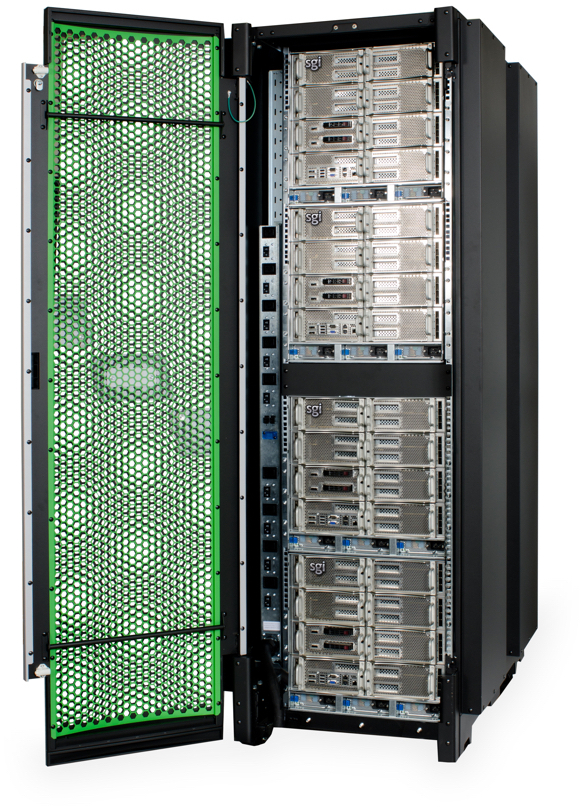






MACH-2 is a massively parallel shared memory supercomputer (research infrastructure database entry, overview presentation). It is operated by the Scientific Computing Administration of the Johannes Kepler University (JKU) Linz, Austria, on behalf of a consortium consisting of JKU Linz, the University of Innsbruck, the Paris Lodron University of Salzburg, Technische Universität Wien, and the Johann Radon Institute for Computational and Applied Mathematics (RICAM). The machine has been purchased for the purpose of a cooperation project that runs from 2017 to 2021 and is supported by a grant of the Federal Ministry of Education, Science, and Research (BMBWF) in the frame of the HRSM 2016 call. The system was installed in October 2017 and is fully operational since January 2018 (opening celebration). MACH-2 is named after the Austrian physicist and philosopher Ernst Mach and replaces the previous MACH supercomputer that was operated jointly by JKU and the University of Innsbruck from 2011 to 2017.
MACH-2 is a machine of type SGI UV 3000 of the former company Silicon Graphics International (SGI), now Hewlett Packard Enterprise (HPE). It belongs to the class of cache coherent Non-Uniform Memory Access (ccNUMA) architectures which are massively parallel supercomputers that implement a global shared memory model on top of scalable distributed hardware. MACH-2 is housed in three racks of this kind and has the following characteristics:
The machine runs a single GNU/Linux operating system image (SuSE Linux Enterprise Server 12) with SGI Foundation Software, the SLES XFS & Volume Manager XVM, the SGI Performance Suite with SGI MPI, the Intel Parallel Studio Composer Edition, and the workload management software PBSpro OpenSource.